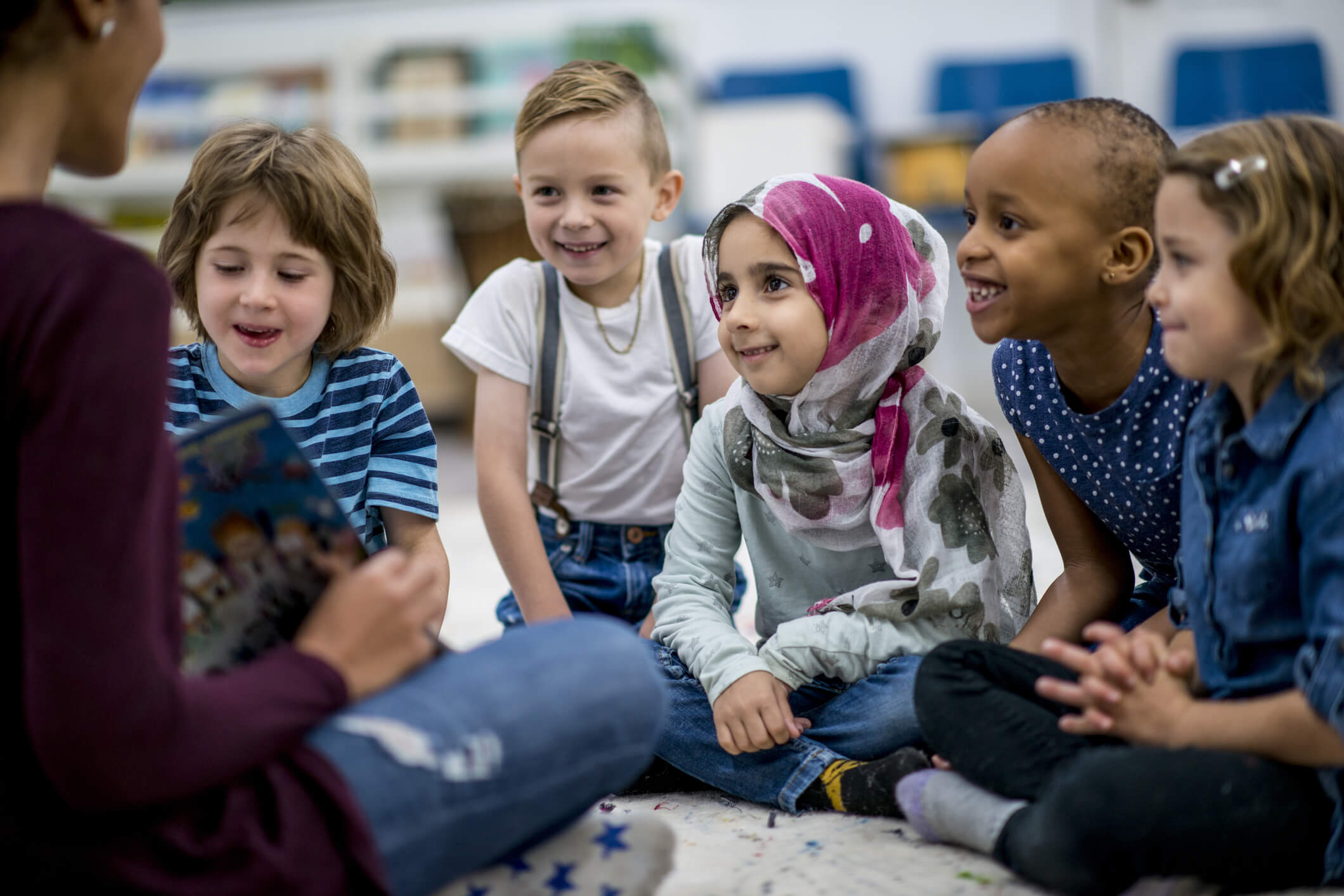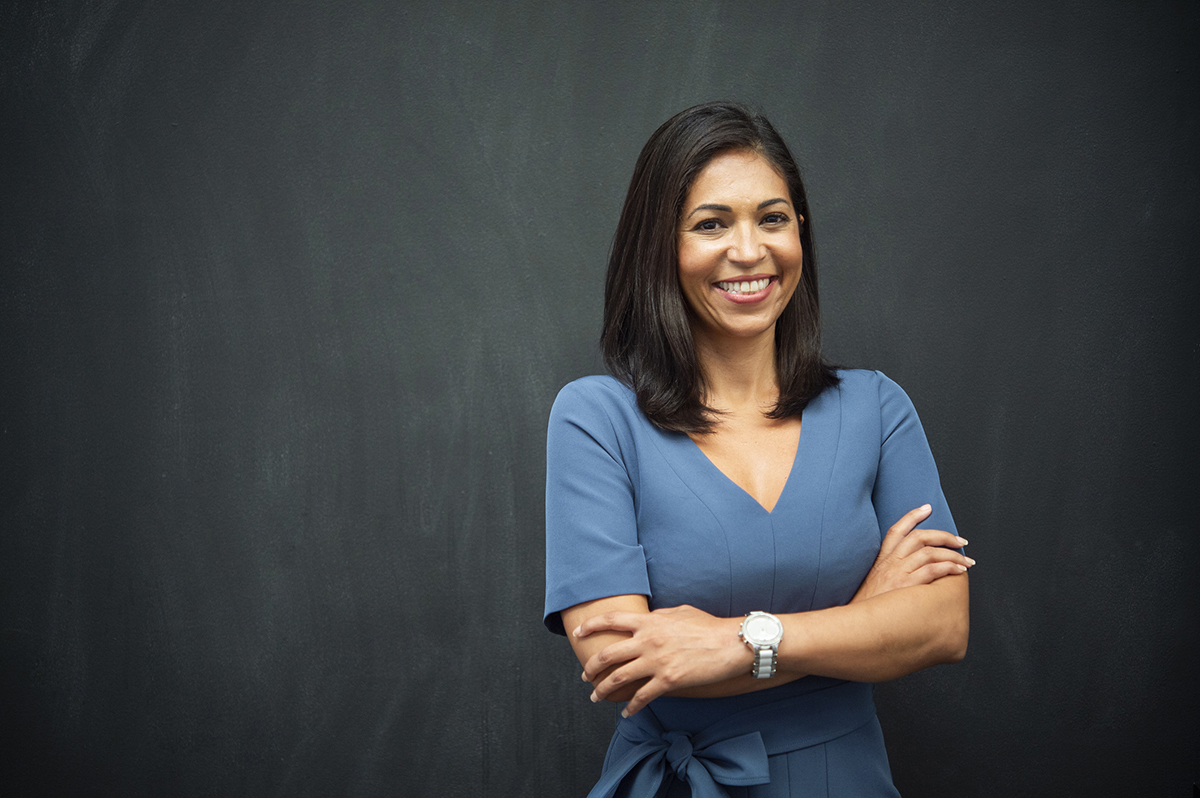Learning Theories: Understanding the 4 Major Ones for the Classroom
Author: Denicia Padgett
September 2, 2020

What are the four major learning theories, what is the role they play in education today, and how does it all connect with Leader in Me? Let’s dig in!
Behaviorist Theory
What is it? Behaviorist Learning Theory (or Behaviorism) utilizes key ideas from the work of B.F. Skinner, who theorized that learning occurs through a series of rewards or punishments. While Skinner believed that all learning could occur this way, Behaviorist Theory is most commonly utilized in classrooms today as a tool for behavior management. However, educators still utilize rote practice and repetition: two practices that are linked to Behaviorist Theory. According to Skinner, rewards increase the likelihood that behaviors will be repeated, while punishments decrease the likelihood of repetition. He also theorized that rewards and punishments could be either positive or negative in nature. This can confuse a lot of people! What he meant was that when we give or add something to the environment, the interaction is positive; when we take something away, the interaction is negative. So, for example, removing an undesirable activity from the agenda might be a negative reward, and adding an undesirable activity to it might be a positive punishment.
Scenes from a Classroom –
- In Ms. X’s first grade classroom, she is working with one of her students, Sam, to help him with some challenging attention-span issues. She gives him a sticker whenever she sees him on task. (Positive reward)
- In Mr. X’s third grade classroom, Mr. X quietly reminds a student to keep all four legs of his chair on the floor. (Positive punishment – yes, verbal praise & reminders qualify as adding something to the environment!)
- To increase the number of students who turn in their homework each day, Mr. X announces that if the class has 100% completion on today’s assignment, they won’t have homework on Friday. (Negative reward)
- Students in Mrs. X’s art class are having trouble sharing the supplies. Mrs. X writes the word ART on the board, and each time students have a disagreement over supplies, she erases a letter. If the word is erased completely, students will have to use pencil to complete their project for the day. (Negative punishment)
What is the link to Leader in Me? Teachers in Leader in Me schools know how important it is to engage students when crafting solutions to various behavior issues. They maintain the belief that every child has worth and potential, and see a behavior challenge as an opportunity to teach a skill and educate the whole child. When appropriate, they create Win-Win Agreements, which are solutions that are mutually created in such a way that everyone is happy with the result. Teachers and students might work together to answer the following questions:
- What behavior are we noticing? Why is it happening? When is it happening?
- Are we looking to increase or decrease the behavior?
- Would we like to earn something, or have something taken away? What might that “something” be?
When students and teachers work together to answer these questions, they craft a solution that everyone is excited about. This level of involvement will lead to greater commitment and engagement in the solution.
Cognitive Theory
What is it? Cognitive Learning Theory is largely based on the work of Jean Piaget, who rejected the idea that learners are passive and simply react to stimuli in the environment. Instead of focusing solely on observable behavior, Cognitive Theory seeks to explain how the mind works during the learning process. Like a computer, the mind takes in information, processes that information, then uses that information to produce learning outcomes. Piaget’s 4 Stages of Development indicate the learner’s ability to understand abstract, complex concepts.
Scenes from a Classroom –
- Ms. X, a kindergarten teacher, works with students to verbally communicate their feelings. She knows that at this age, they are naturally egocentric and struggle to see things from others’ perspectives.
- As Mr. X begins his unit on fractions, he incorporates manipulatives in order to provide a concrete learning experience.
- To help students memorize the Periodic Table, Mrs. X co-creates various mnemonic devices with her class.
- Ms. X uses a graphic organizer in order to help students write paragraphs with appropriate structure.
- At the start of every lesson, Mr. X asks questions to activate the prior knowledge of his students. He knows this will help to link the new learning concepts to previously retained ideas, increasing the likelihood that the new learning will be remembered.
What is the link to Leader in Me? Teachers in Leader in Me schools teach empathy and encourage students to develop their speaking and listening skills with Habit 5: Seek First To Understand, Then To Be Understood. They also provide structure and organize learning by using Quality Tools, and students may be taught to make their thinking visible by using hand signals during class discussions. Teachers empower students to learn through the Empowered Learning model, which ignites curiosity and background knowledge, then encourages hands-on investigations with specific learning targets, and ends the lesson by inviting connections.

Constructivist Theory
What is it? Constructivists see the learner as a constructor of knowledge. New learning is shaped by schemas, which the learner brings to the learning process. Lev Vygotsky is an important founder of Constructivist Learning Theory. Vygotsky believed that learning is a collaborative process, and that social interaction is fundamental for cognitive development. According to Vygotsky, students learn best when working collaboratively with those whose proficiency level is higher than their own, allowing them to complete tasks they are not yet able to do independently. Vygotsky identified these concepts as the More Knowledgeable Other and the Zone of Proximal Development. Constructivist classrooms are student-centered, with the teacher acting as the facilitator.
Scenes from a Classroom –
- Mr. X intentionally pairs students performing on or above grade level with students performing below grade level, inviting them to turn and talk about their learning throughout a lesson.
- Mrs. X uses collaborative learning to facilitate engagement with specific learning targets, ensuring heterogeneous student groupings.
- Ms. X uses Problem-Based Learning to engage her students in solving real world problems, meeting several learning targets while giving students autonomy to make decisions. She encourages students to work with peers who have different strengths than their own.
What is the link to Leader in Me? Teachers in leadership schools begin the year by building high-trust relationships and dedicate time throughout the year to maintaining the social-emotional environment of their classrooms. They aim to incorporate student voice throughout their day, allowing students to take great ownership over their environment and learning. Teachers believe that everyone has genius, and teach their students to acknowledge and utilize the strengths of their classmates, creating synergy. Leadership classrooms buzz with excitement, signaling purposeful student interaction. As teachers aim to empower students, they use teaching strategies that require collaboration and higher order thinking, acting as a guide on the side rather than a sage on the stage.
Humanist Theory
What is it? Humanist Learning Theory approaches learning as a way to fulfill an individual’s potential rather than meeting specific learning targets. Maslow’s research on the Hierarchy of Needs is a major concept within this theory, as it focuses on the whole person, specifically the cognitive and affective needs of the learner. The theory holds that self-actualization is the ultimate goal of each individual. Learners are trusted to determine their own goals, set standards, and evaluate their own work. Thus, students are at the center of the Humanist classroom. Teachers are facilitators and coaches, recognizing the unique needs of each student and supporting their academic and social development.
Scenes from a Classroom –
- Ms. X begins each day with a morning meeting to check in on her students’ emotional well-being and proactively teach them specific coping skills & strategies.
- Mr. X, an 8th grade science teacher, provides his students a menu of assessment options to illustrate their mastery of learning targets for the unit.
- Mrs. X, a 2nd grade teacher, invites each student to set their reading goal for the quarter.
- Mr. X, the school’s counselor, partners with local organizations to fill backpacks with food that students can take home to ensure they have food to eat over the weekend.
- Mrs. X, a 5th grade teacher, sets aside an hour of time each week for students to learn about and create anything they want, utilizing the framework she provides.
What is the link to Leader in Me? Teachers at Leader in Me schools utilize The 7 Habits to address the social and emotional needs of their students, and actively partner with families to develop the whole child. They recognize that each student has needs within their heart, mind, body, and spirit, and teach students how to take care of themselves in all four dimensions. They empower students to set their own goals and determine their own action steps. At the highest levels, teachers in leadership schools may co-create rubrics with their students and encourage students to evaluate their own work throughout each unit.
As you can see, today’s classrooms do not solely utilize one learning theory over another, but instead incorporate multiple theories throughout the learning experience. Each theory has strengths and limitations, especially considering the realities of education in the 21st century. Educators must walk the narrow line between creating a student-centered classroom and meeting rigorous learning standards. Through our world-class workshops and coaching, teachers at Leader in Me schools are well equipped to succeed and utilize the best of each learning theory. Want to learn more? Click here!
Share Article on
Tags: leader in me, professional development, whole-child education
